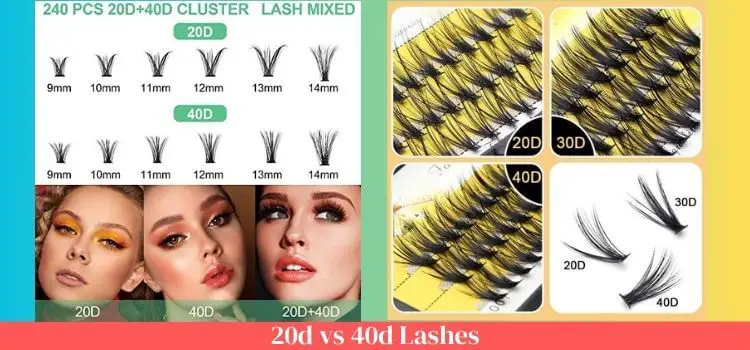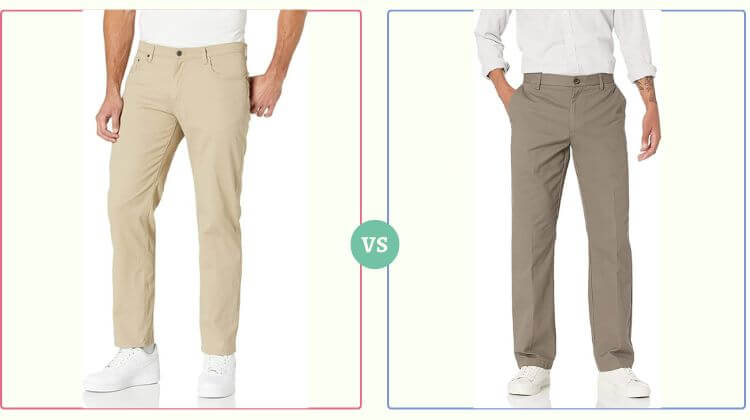As an Amazon Associate, I earn from qualifying purchases.

Finding the perfect gear that combines performance, comfort, and protection is paramount in athletic wear. Two popular choices for active individuals are rash guards and compression shirts. While these garments might seem similar at first glance, they serve distinct purposes in various activities. In this comprehensive guide, we’ll explore the nuances of rash guards and compression shirts, exploring their features, benefits, and ideal usage scenarios.
Rash Guard vs. Compression Shirt: Exploring the Distinctions
Rash Guard: Shielding Your Skin from the Elements
A rash guard is a specialized clothing designed primarily for water-based activities such as surfing, swimming, and snorkeling. Made from lightweight and quick-drying materials, rash guards offer exceptional sun protection, guarding your skin against harmful UV rays. With their snug fit, they prevent chafing and rashes caused by prolonged exposure to saltwater or sand.
When to Choose a Rash Guard:
- Water-based activities under the sun
- Protection against sunburn and skin irritation
- Enhancing flexibility and movement in the water
Compression Shirt: Muscular Support and Performance Enhancement
On the other hand, compression shirts are designed to provide muscular support and aid in enhancing athletic performance. Crafted from elastic materials, these shirts exert gentle pressure on the muscles, promoting blood circulation and reducing muscle oscillation. This support can lead to reduced muscle fatigue and improved recovery times.
Benefits of Wearing a Compression Shirt:
- Enhanced blood circulation and oxygen delivery to muscles
- Reduction of muscle soreness and fatigue
- Improved proprioception and body awareness
Unveiling the Key Differences
Fabric and Material
Rash guards are typically constructed from lightweight, breathable fabrics like nylon or spandex blends. These materials offer excellent UV protection and quick moisture-wicking capabilities. On the other hand, compression shirts are often composed of a mix of spandex and polyester, ensuring a tight yet flexible fit that supports muscles during physical activities.
Design and Fit
Rash guards are designed with a looser fit to accommodate movement in water sports. They often feature raglan sleeves for unrestricted arm movement. Compression shirts, however, come with a snug fit that contours to your body shape, providing targeted support to major muscle groups.
Usage Scenarios
Rash guards are a staple for water enthusiasts, protecting the skin from sunburn, chafing, and abrasions. They are a must-have for surfing, snorkeling, and other water-based activities. Compression shirts, on the other hand, find their place in a variety of sports, such as running, weightlifting, and basketball, where muscle support and improved circulation are essential.
Conclusion
When choosing between a rash guard and a compression shirt, it’s essential to consider your intended activity and the benefits each garment offers. Rash guards excel in water activities by providing UV protection and comfort, while compression shirts offer targeted muscle support and performance enhancement. By understanding the distinctions between these two pieces of athletic wear, you can make an informed decision that suits your active lifestyle.





